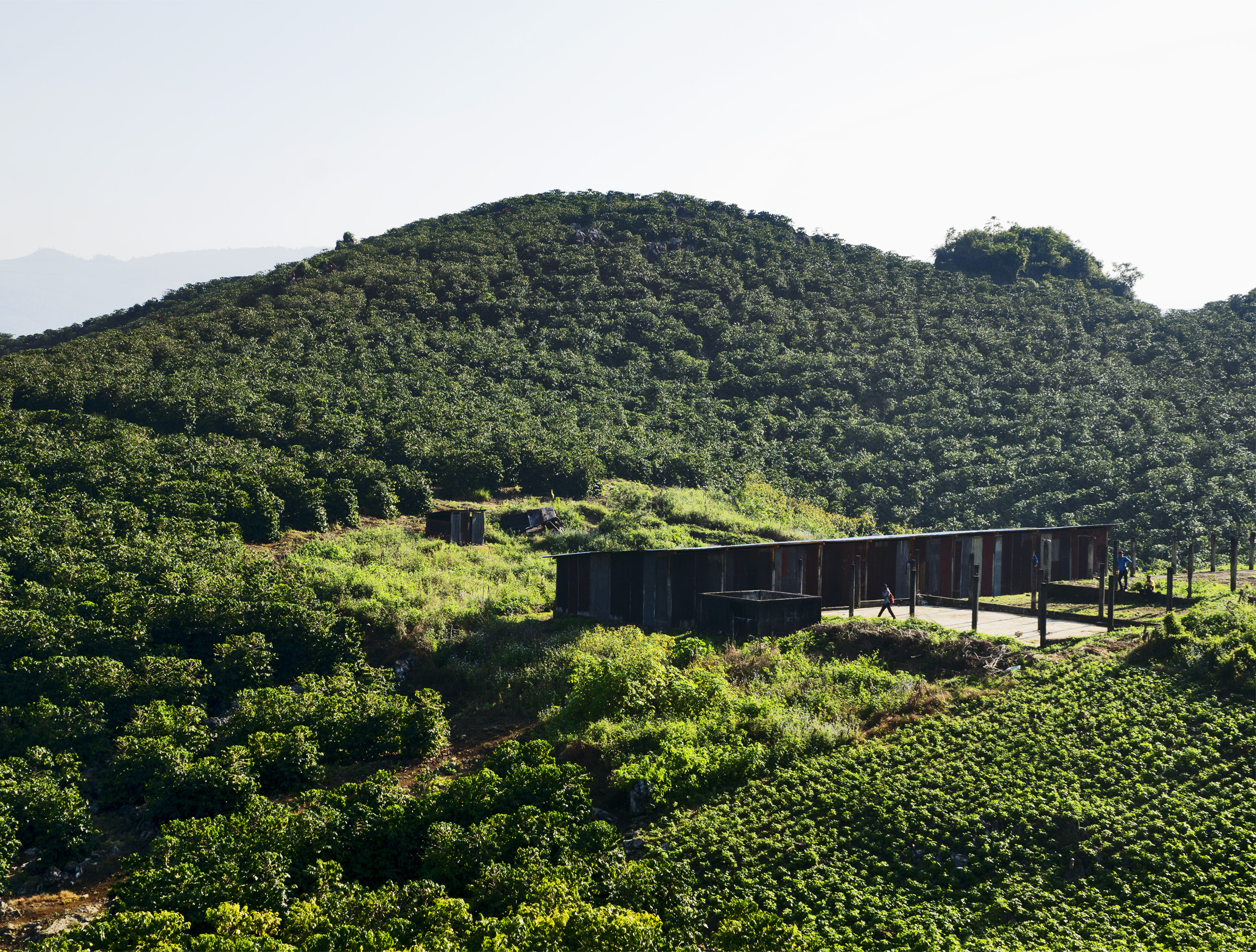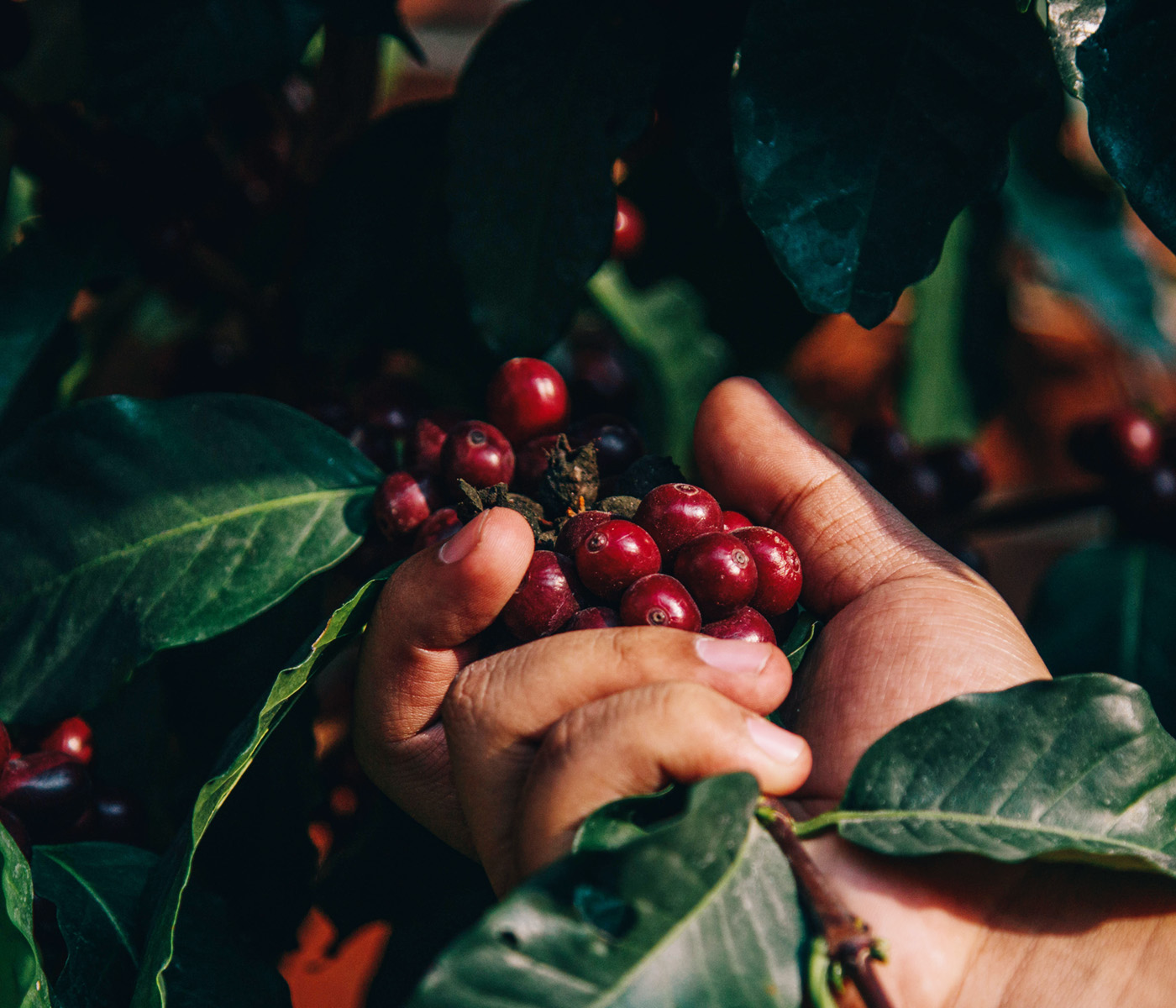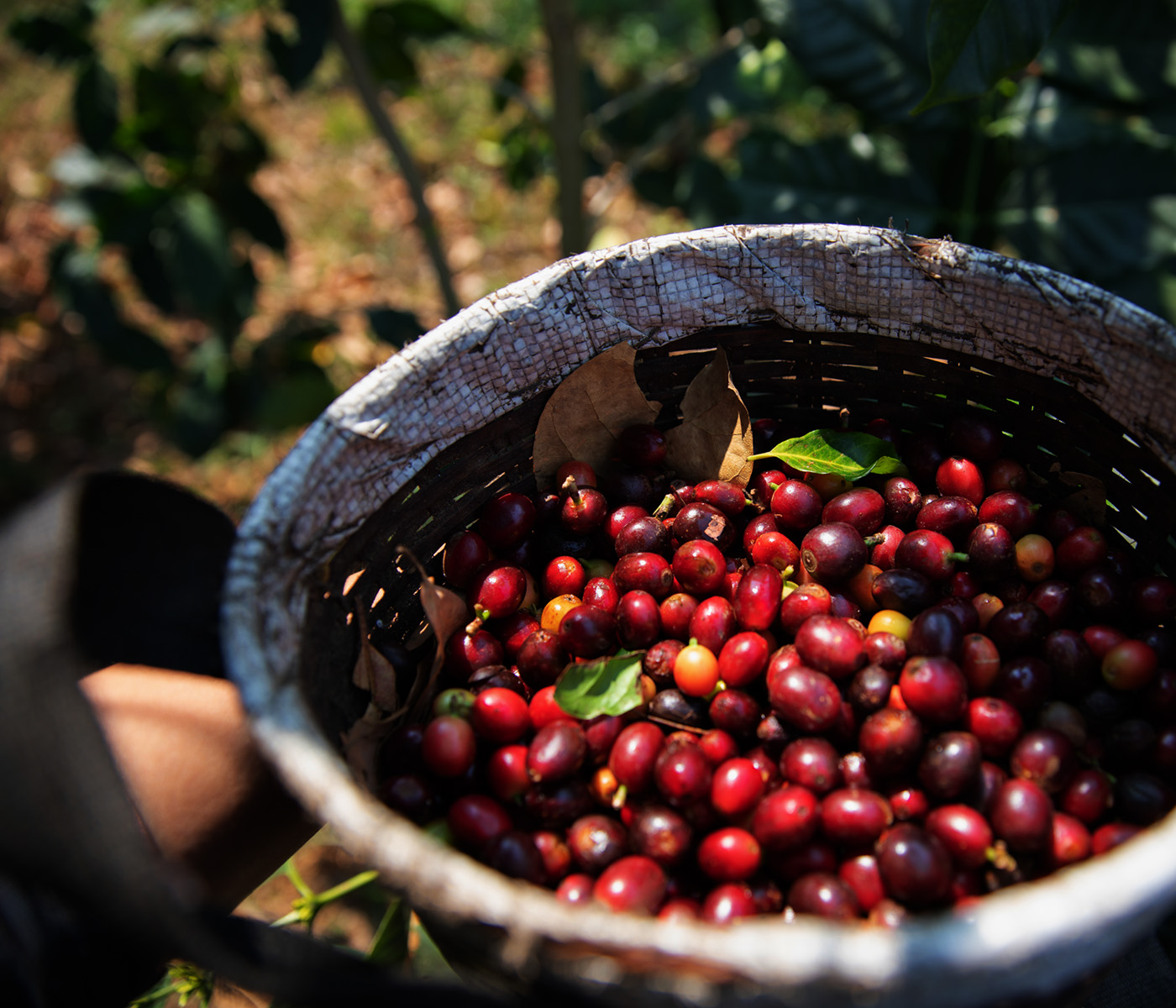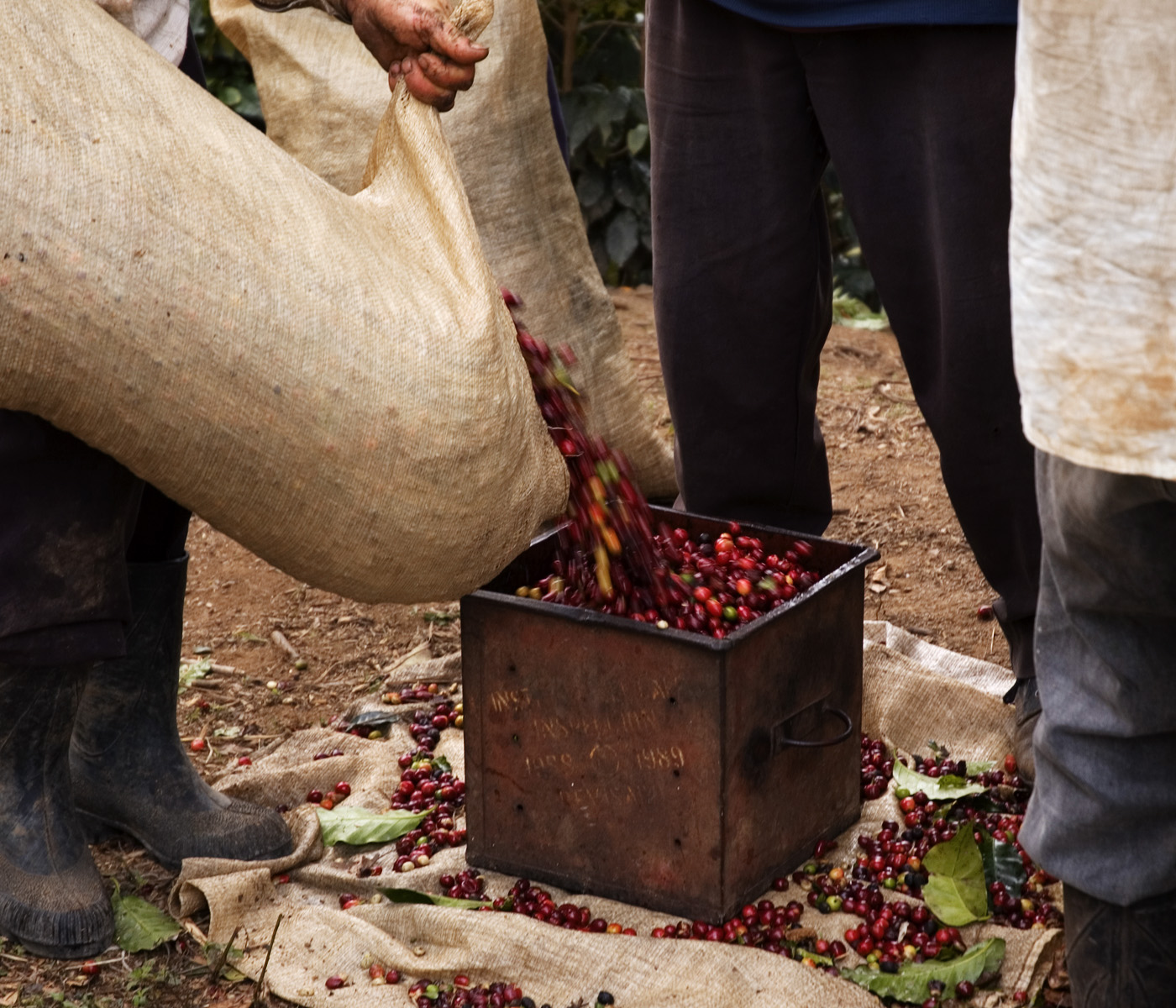Pictures: Ripe cherries being harvested in Guatemala. Most coffee in the country is selectively picked by hand.
The Guatemalan coffee harvest begins around October or November, peaks in December–January, and typically ends in February or March. On lower-altitude farms, the harvest period might begin as early as mid-August or finish as late as May or June (FEWS NET 2017). The exact timing varies depending on the region, altitude, and also on annual variations in the climate.
In coffee, flowering is triggered by rains that follow a dry period. Guatemala has a distinct dry season, usually lasting from November until early May, which results in a single annual harvest. The coffee plants start to flower with the rains that begin at the end of May, after which the cherries take around 6 months to mature, with the peak of the harvest falling in early December.
In the northern part of the country, the rainy season lasts a little longer, until November or even December. This can affect the harvest in coffee-growing regions, especially in the vicinity of Cobán. Prolonged heavy rains can mean that roads get washed out or blocked by landslides, making harvesting and processing the cherry more difficult and impeding access to markets. During the most recent harvests in November 2020, Hurricane Eta caused widespread damage and flooding in Colombia, Venezuela, and across Central America. The resulting landslides in Alta Verapaz, the region around Cobán, killed an estimated 150 people, burying houses and destroying crops on at least 13,000 farms (FT 2020).
Harvesting is almost exclusively carried out by selective hand-picking. This labour-intensive undertaking means that larger farms rely on an army of seasonal workers, often indigenous smallholders, who travel from the highlands into lower-lying regions to earn extra money during the harvest season. Migrant workers often travel with their entire family in tow. They sometimes travel from region to region as the harvest progresses,



